IO'S ON FIRE
Muse Science Magazine for Kids
|October 2023
Volcanoes in Our Solar System and Beyond
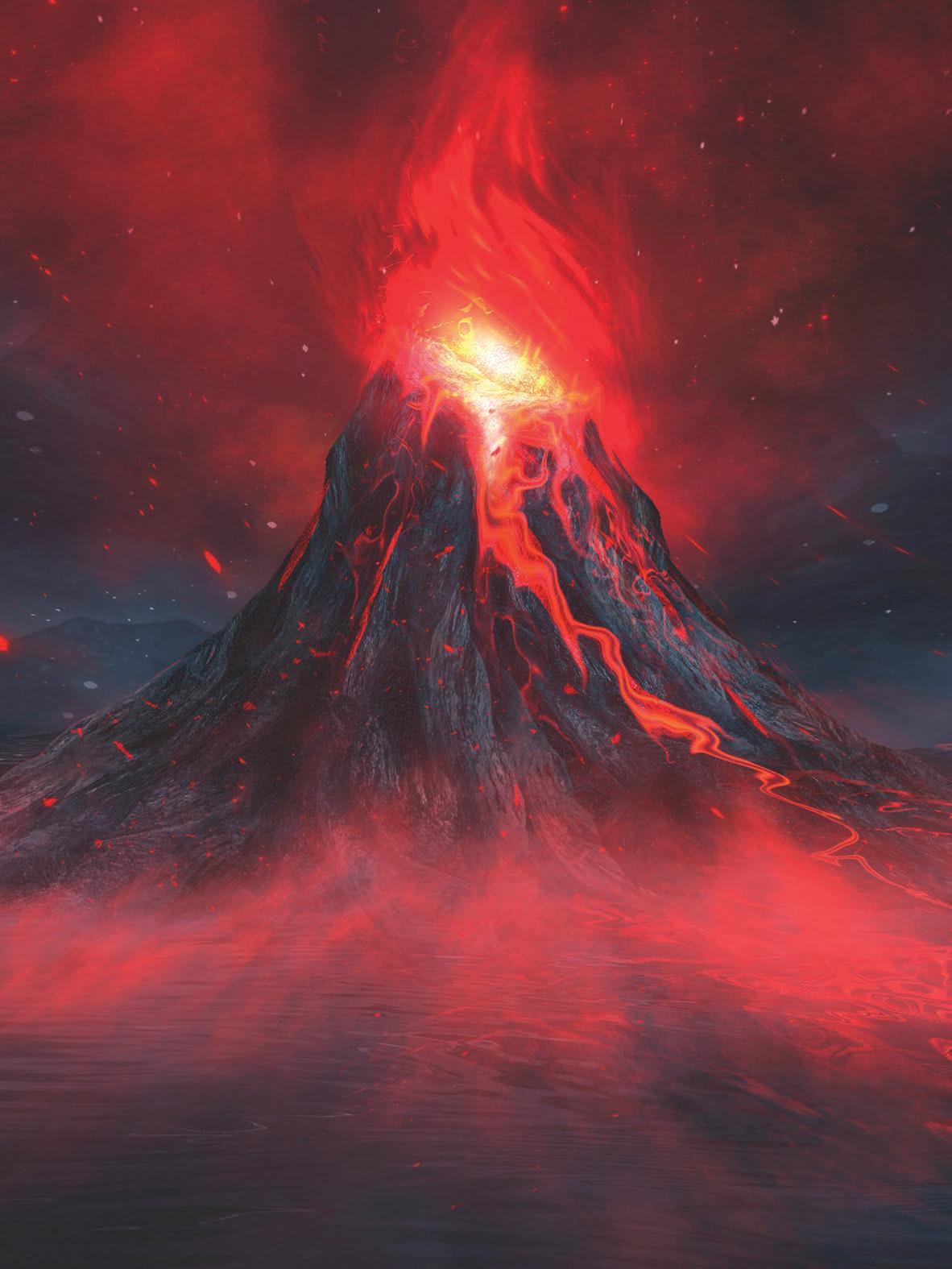
Earth isn't the only place with volcanoes. Astronomers have found evidence of volcanoes on other planets and moons in our solar system, and even on exoplanets. These are planets outside our solar system that orbit other stars. Beyond Earth, we can see the inactive volcanoes that long ago carved out the landscapes of planets and moons. We can also find some active volcanoes and a different, much chillier kind of volcano.
Where is the biggest volcano in the solar system? Which celestial body is the site of the most volcanic activity in the solar system? Could all these volcanoes be a clue to where in space we might find extraterrestrial life?

Mars: Volcanic in a Big Way
Aside from Earth, Mars is the planet we know most about, geologically speaking. The Mariner 9 mission sent a spacecraft to orbit Mars in 1971. Its photographs showed this planet was home to volcanoes; calderas, or volcanic craters; and lava plains, or fields of lava left over after an eruption. For a long time, scientists assumed that all these volcanoes were inactive. But in 2022, scientists studying orbital photos of Mars discovered an active volcanic formation. It meant there must be a rising plume of hot rock beneath the crust.
An elevated region of massive volcanoes called Tharsis covers one quarter of Mars. Volcanoes in Tharsis include Olympus Mons, the tallest volcano in the solar system. It's a shield volcano, which means it has a broad, domed shape. Olympus Mons is as wide as the state of Arizona and has a peak that towers 16 miles (25 kilometers) above the surrounding plain. That's nearly three times the height of Mount Everest!

Denne historien er fra October 2023-utgaven av Muse Science Magazine for Kids.
Abonner på Magzter GOLD for å få tilgang til tusenvis av kuraterte premiumhistorier og over 9000 magasiner og aviser.
Allerede abonnent? Logg på
FLERE HISTORIER FRA Muse Science Magazine for Kids
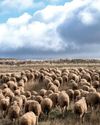
Muse Science Magazine for Kids
ANIMAL FIREFIGHTER TO THE RESCUE
Can animals help manage the risks of deadly wildfires?
3 mins
Muse July 2025: The Story Behind Wildfires

Muse Science Magazine for Kids
FIRE DANGER
WHY THE RISK OF WILDFIRES KEEPS GROWING
4 mins
Muse July 2025: The Story Behind Wildfires
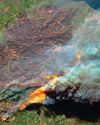
Muse Science Magazine for Kids
The Miller NEW Normal
WHAT TODAY’S WILDFIRES TELL US ABOUT OUR FUTURE
8 mins
Muse July 2025: The Story Behind Wildfires
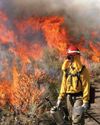
Muse Science Magazine for Kids
WOMEN AND FIREFIGHTING: A GOOD FIT
Jessica Gardetto is a firefighter. Her father was, too. “I grew up with my dad coming home smelling like wildfire and covered in soot,” she says.
1 min
Muse July 2025: The Story Behind Wildfires

Muse Science Magazine for Kids
What is happening on your fingertips when they get all wrinkly in a hot tub?
—Felix G., age 10, Montana
1 mins
Muse July 2025: The Story Behind Wildfires

Muse Science Magazine for Kids
WHEN the SMOKE CLEARS
THE LINGERING EFFECTS OF THE RECENT PACIFIC PALISADES AND ALTADENA EATON FIRES
6 mins
Muse July 2025: The Story Behind Wildfires

Muse Science Magazine for Kids
PICKING TEAMS
Keep it fair with a strategy that relies on geometry.
2 mins
Muse July 2025: The Story Behind Wildfires
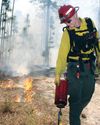
Muse Science Magazine for Kids
SHAN CAMMACK
WILDLIFE BIOLOGIST AND FIRE SAFETY OFFICER
3 mins
Muse July 2025: The Story Behind Wildfires
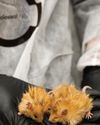
Muse Science Magazine for Kids
Scientists Create Mice With Woolly Mammoth-Like Fur
RESEARCHERS AT A COMPANY IN TEXAS ARE WORKING TO CREATE A LIVING ANIMAL THAT RESEMBLES THE EXTINCT WOOLLY MAMMOTH. Recently, they produced mice with traits of the large mammal. The mice all have coats with mammoth-like fur, and some of the small mammals also have genes that help them store fat. Both features would help the animals survive in the cold Arctic, where the woolly mammoth once lived.
1 min
Muse July 2025: The Story Behind Wildfires

Muse Science Magazine for Kids
Cool Sunshade Added to the Nancy Roman Space Telescope
THE NANCY ROMAN SPACE TELESCOPE IS A NEW TELESCOPE THAT NASA IS BUILDING AND WILL LAUNCH INTO SPACE, LIKELY IN EARLY 2027.
1 min
Muse July 2025: The Story Behind Wildfires
Translate
Change font size

